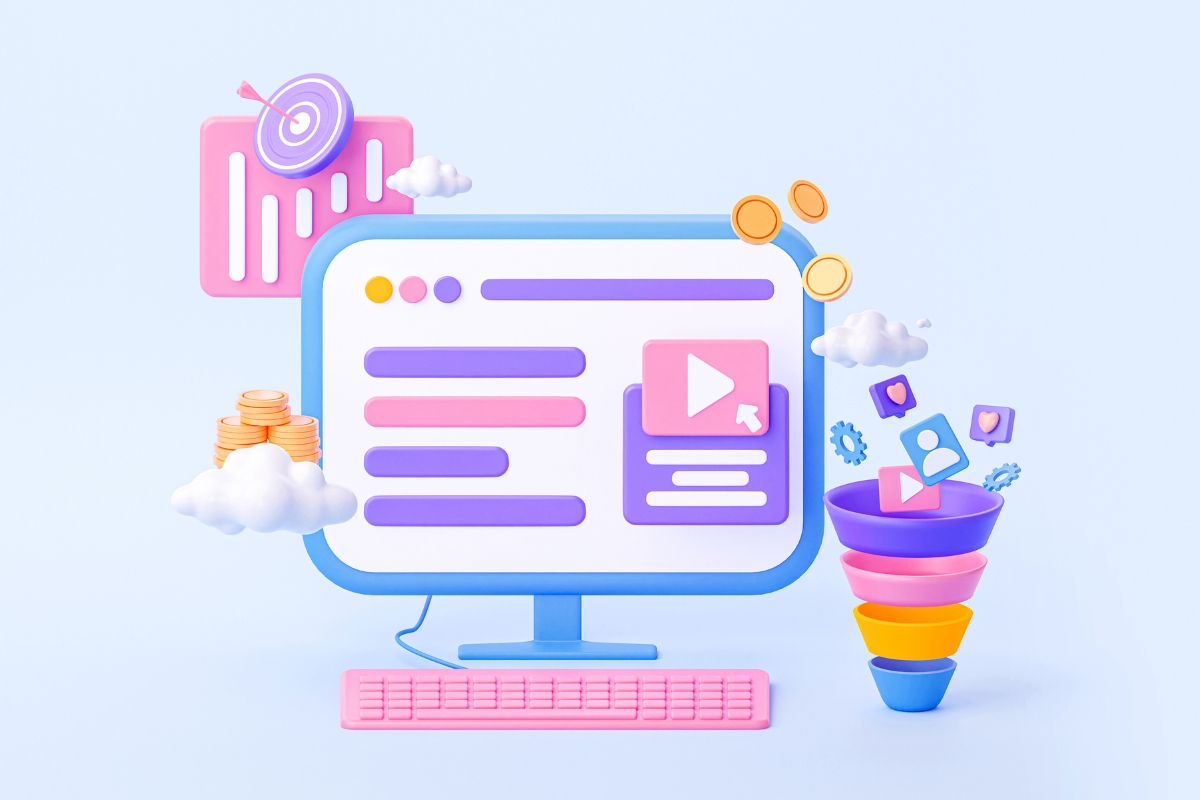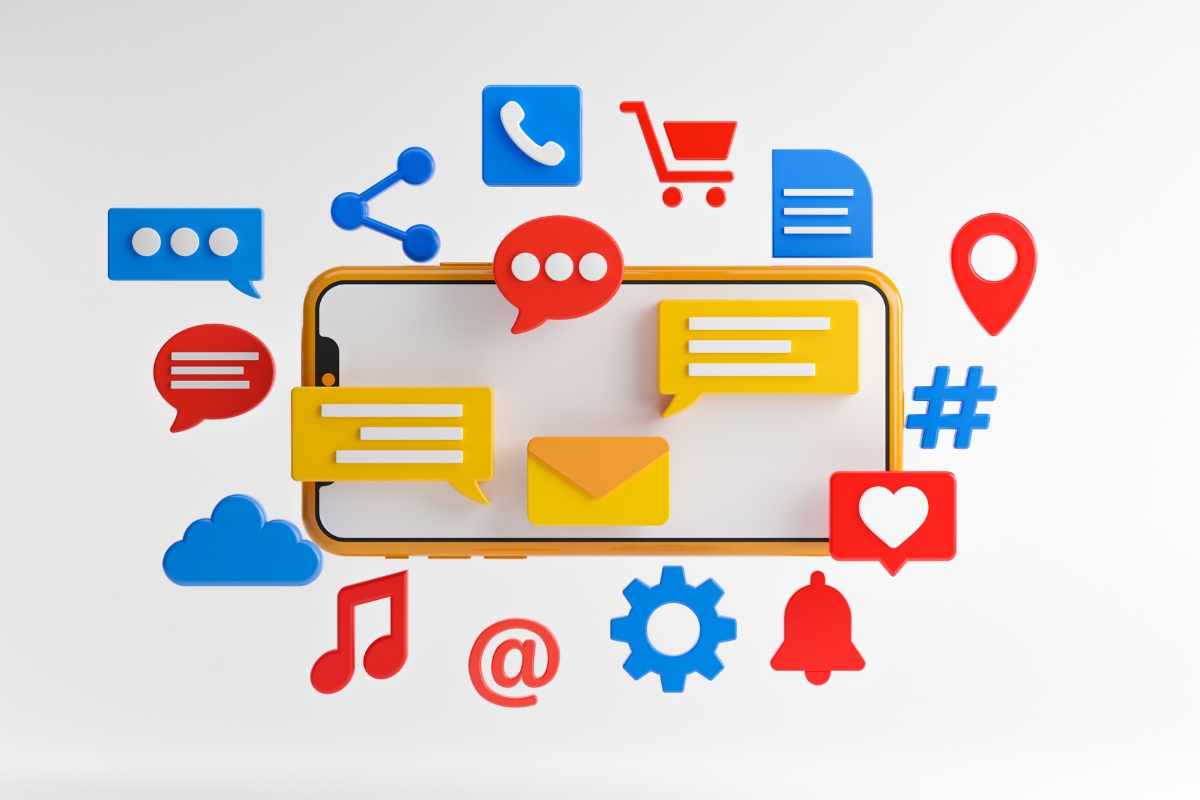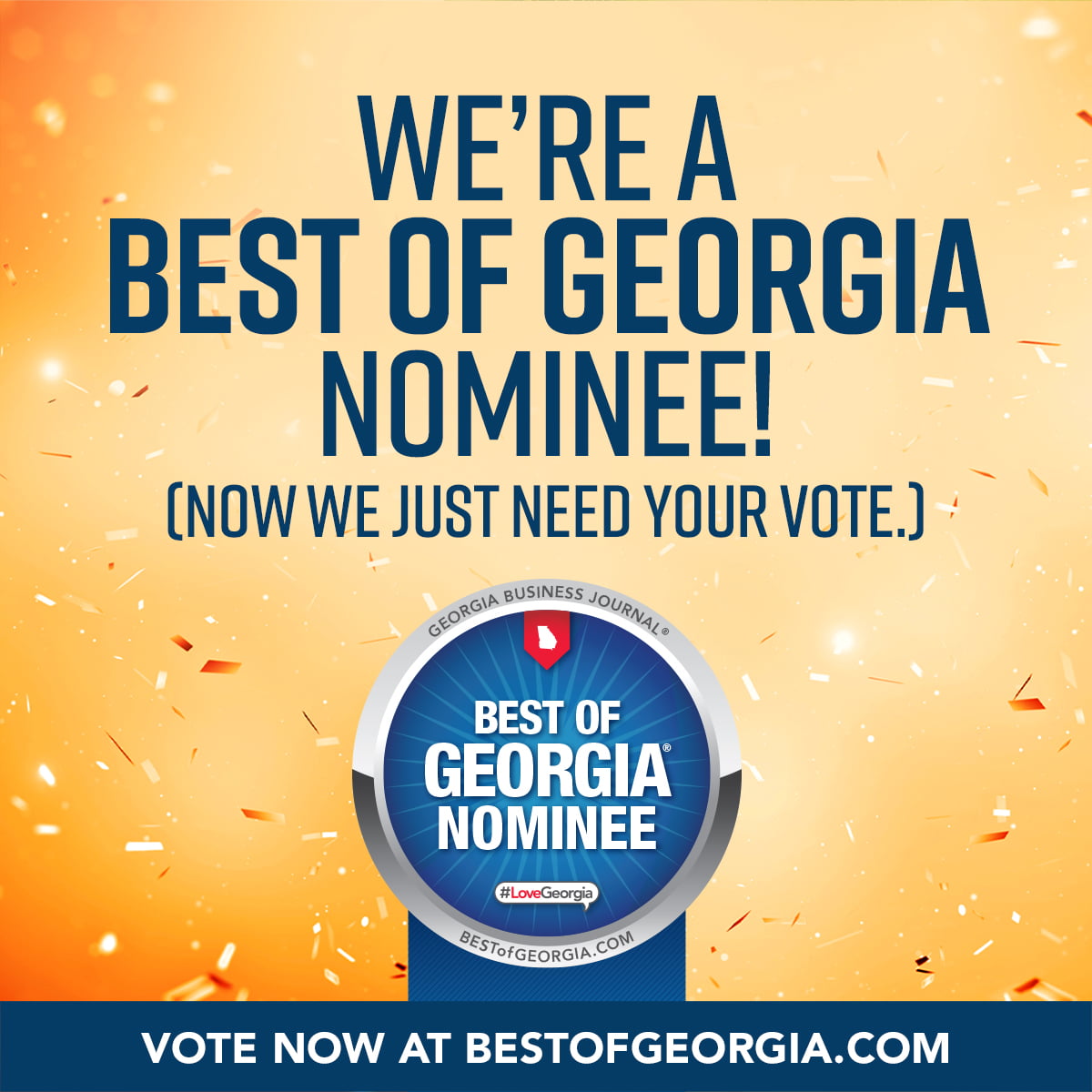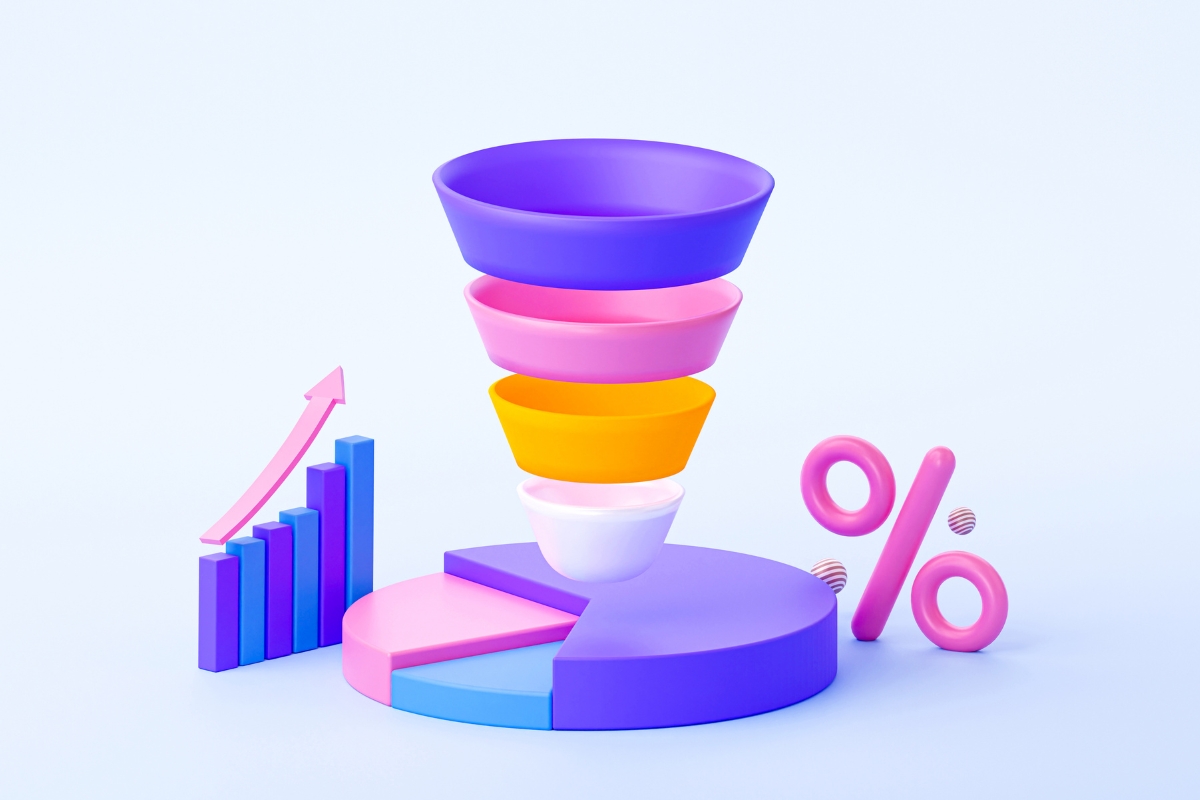Embark on a journey where data-driven strategies and consumer insights converge to create a seamless digital experience in the realm of conversion funnel marketing. Delve into the intricate web of customer behaviors, preferences, and decision-making processes as we unveil the art of optimizing the customer journey.
In the ever-evolving landscape of digital marketing, mastering the art of customer journey optimization is akin to orchestrating a symphony of user engagement, persuasion, and satisfaction. As we navigate through the intricacies of the conversion funnel, we discover how each stage plays a crucial role in sculpting a compelling narrative that resonates with your target audience.
Join us on this article to unlock the secrets behind creating a seamless and efficient pathway from initial interaction to loyal customer status. Let’s decode the essence of sales funnel marketing and revolutionize the way we connect, engage, and convert in the digital realm.
Unlocking Success with Conversion Funnel Marketing: Are You in the Loop?
Understanding the Conversion Funnel: Breaking Down the Stages

The first step in mastering the art of customer journey optimization is to understand the conversion funnel and its various stages. The conversion funnel, also known as the sales funnel, represents the journey that a potential customer takes from initial awareness to making a purchase decision. By breaking down this journey into distinct stages, marketers can better analyze and optimize each step to maximize conversions.
The conversion funnel typically consists of four main stages: awareness, consideration, decision-making, and retention. In the awareness stage, customers become aware of your brand and products or services. This is where you need to grab their attention and create interest through compelling content and targeted marketing campaigns.
As customers move into the consideration phase, they start evaluating different options and comparing alternatives. This is an opportunity for you to showcase your unique value proposition and provide valuable information that helps them make an informed decision. By understanding their needs and preferences, you can tailor your messaging to address their specific pain points.
In the decision-making stage, customers are ready to make a purchase but may still have some doubts or concerns. This is where persuasive tactics come into play. Highlighting social proof such as testimonials or case studies can help build trust and alleviate any hesitations they may have.
Once a customer has made a purchase, it’s crucial to ensure a seamless transition from conversion to retention. This involves providing exceptional post-purchase support, personalized recommendations, and incentives for repeat purchases. By focusing on customer satisfaction and loyalty, you can turn one-time buyers into lifelong advocates for your brand.
Leveraging Data Insights for Customer Segmentation

Data insights play a vital role in optimizing the customer journey at each stage of the conversion funnel. By analyzing customer data such as demographics, behavior patterns, and purchase history, you can segment your audience into distinct groups. This allows you to tailor your marketing efforts and deliver personalized experiences that resonate with each segment.
Segmentation enables you to create targeted campaigns that address the specific needs and preferences of different customer groups. By understanding their pain points, motivations, and desires, you can craft compelling content that speaks directly to them. This level of personalization not only increases engagement but also enhances the overall customer experience.
Furthermore, data-driven insights can help identify areas of improvement in your conversion funnel. By tracking key metrics such as conversion rates, bounce rates, and average order value, you can pinpoint bottlenecks or areas where customers are dropping off. This allows you to make data-driven optimizations and refine your strategies for better results.
Crafting Compelling Content for the Awareness Stage

In the awareness stage of the conversion funnel, it’s crucial to capture the attention of potential customers and create brand awareness. One effective way to achieve this is through compelling and creative content that educates, entertains, or inspires your target audience.
Start by understanding your target audience’s pain points and interests. What challenges do they face? What information are they seeking? Use this knowledge to create content that provides value and positions your brand as a trusted authority in your industry.
Blog posts, social media content, videos, and infographics are all powerful tools for creating awareness and driving traffic to your website. Focus on creating shareable content that resonates with your target audience and encourages them to engage with your brand.
Driving Engagement in the Consideration Phase

In the consideration phase of the conversion funnel, customers are actively evaluating different options before making a purchase decision. To drive engagement during this stage, it’s important to provide valuable information that helps them make an informed choice.
Create content that highlights the unique features and benefits of your products or services. Use case studies, customer testimonials, and product comparisons to showcase why your offering is the best choice. Address common objections or concerns that customers may have and provide solutions that demonstrate your expertise.
Engage with your audience through interactive social media content such as quizzes, surveys, or live Q&A sessions. This not only encourages participation but also allows you to gather valuable insights about their preferences and needs.
Persuasion Tactics for the Decision-Making Stage

In the decision-making stage of the conversion funnel, customers are ready to make a purchase but may still need some persuasion. This is where persuasive tactics can make a significant impact on their decision-making process.
One effective tactic is to leverage social proof. Showcase testimonials from satisfied customers, display trust badges or certifications, and highlight any awards or recognition your brand has received. This helps build trust and credibility, making it easier for customers to choose your brand over competitors.
Offer incentives such as discounts, free shipping, or limited-time promotions to create a sense of urgency and encourage immediate action. Use persuasive language in your call-to-action buttons or copy to nudge customers towards making a purchase.
Seamless Transition from Conversion to Retention

The journey doesn’t end once a customer makes a purchase – it’s just the beginning of building a long-term relationship. To ensure a seamless transition from conversion to retention, focus on providing exceptional post-purchase support and personalized experiences.
Send personalized thank-you emails or messages after each purchase to show appreciation for their business. Offer proactive customer support through various channels such as live chat, email, or phone. Address any concerns promptly and go above and beyond to exceed their expectations.
Implement a loyalty program that rewards customers for their repeat purchases. Offer exclusive discounts, early access to new products, or special perks to incentivize them to continue choosing your brand.
Analyzing Metrics and Iterating for Continuous Optimization

Measuring and analyzing key metrics is crucial for continuous optimization of the customer journey. By tracking metrics such as conversion rates, click-through rates, and customer lifetime value, you can identify areas of improvement and make data-driven decisions.
Use analytics tools to monitor user behavior on your website or app. Identify pages with high bounce rates or drop-off points in the conversion funnel. This information can help you identify potential issues and optimize those areas for better results.
A/B testing is another valuable technique for optimization. Test different variations of your landing pages, call-to-action buttons, or email subject lines to see which performs better. Use the insights gained from these tests to refine your strategies and improve conversion rates.
Conclusion: Embracing Mastery in Customer Journey Optimization
Mastering the art of customer journey optimization is essential for success in conversion funnel marketing. By understanding the stages of the conversion funnel, leveraging data insights, crafting compelling content, and implementing persuasive tactics, you can create a seamless and efficient pathway from initial interaction to loyal customer status.
With Newman Web Solution‘s expert performance in digital marketing services and conversion optimization, we can help you create a seamless and effective customer journey that drives results. Let’s drive results for your online marketing campaigns by calling us at (404) 301-9189 or by booking a 30-minute free marketing strategy session on our website.





